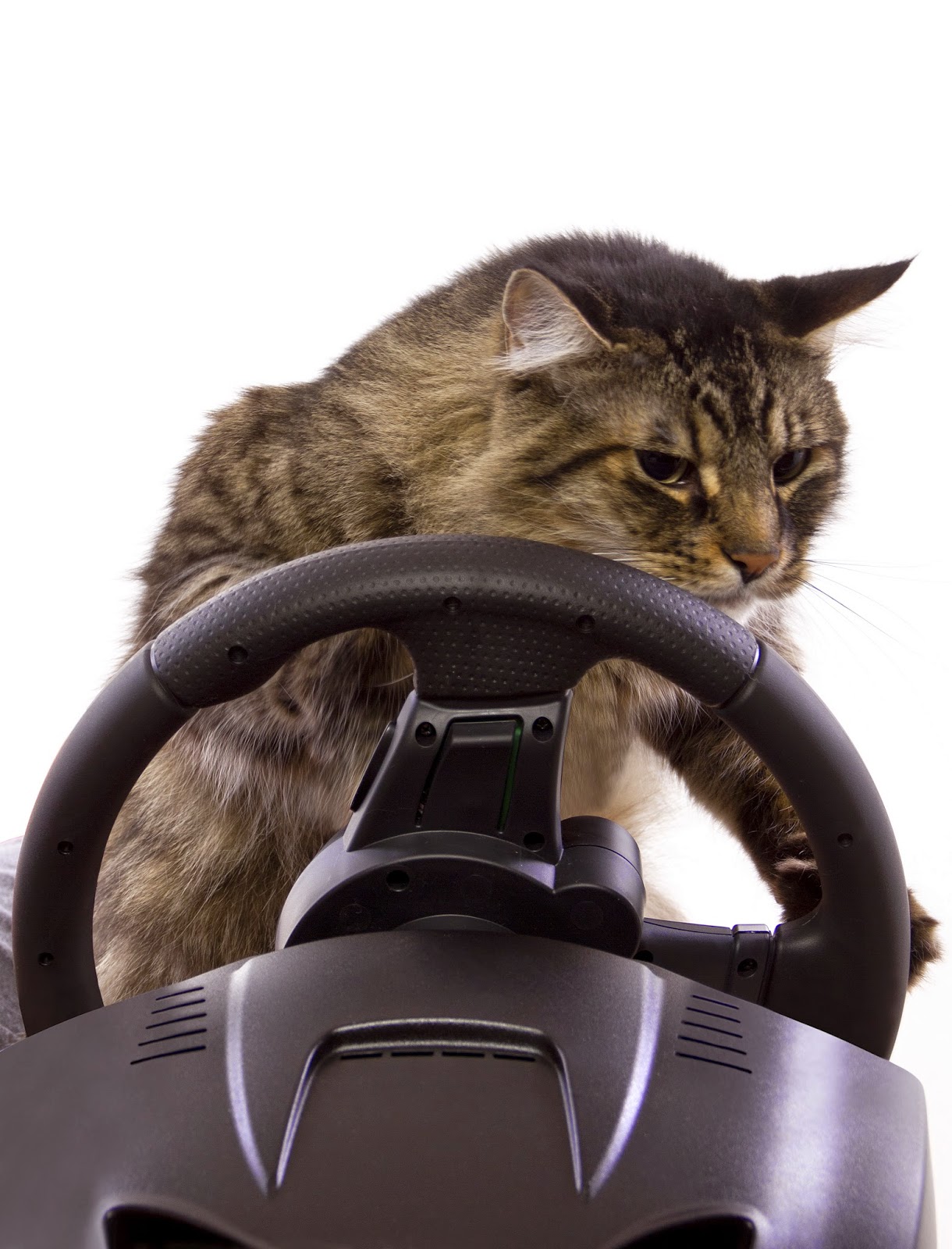For some pet parents, a trip's no fun if the four-legged members
of the family can't come. But traveling can be highly stressful, both for you
and your animal companions. With thoughtful preparation, you can ensure a safe
and comfortable trip for everyone.
Planning a road trip? Traveling with a pet involves more than
just loading the animal in the back seat and motoring off—especially if you
will be driving long distances or plan to be away for a long time. The ASPCA
offers the following tips to help you prepare for a safe and smooth car trip:
1.
Keep your pets safe and secure in a well-ventilated crate or
carrier. There are a variety of wire mesh, hard plastic and soft-sided carriers
available. Whatever you choose, make sure it's large enough for your pet to stand,
sit, lie down and turn around in. And P.S., it's smart to get your pet used to
the carrier in the comfort of your home before your trip.
2.
Get your pet geared up for a long trip by taking him on a series
of short drives first, gradually lengthening time spent in the car. And please
be sure to always secure the crate so it won't slide or shift in the event of a
quick stop.
3.
Your pet's travel-feeding schedule should start with a light
meal three to four hours prior to departure. Don't feed your furry friend in a
moving vehicle—even if it is a long drive.
4.
Never leave your animal alone in a parked vehicle. On a hot day,
even with the windows open, a parked automobile can become a furnace in no
time, and heatstroke can develop. In cold weather, a car can act as a
refrigerator, holding in the cold and causing the animal to freeze to
death.
5.
What in your pet's traveling kit? In addition to travel papers,
food, bowl, leash, a waste scoop, plastic bags, grooming supplies, medication
and a pet first-aid kit, pack a favorite toy or pillow to give your pet a sense
of familiarity.
6.
Make sure your pet has a microchip for identification and wears
a collar with a tag imprinted with your home address, as well as a temporary
travel tag with your cell phone, destination phone number and any other
relevant contact information. Canines should wear flat (never choke!) collars,
please.
7.
Don't allow your pet to ride with his head outside the
window. He could be injured by flying objects. And please keep him in
the back seat in his crate or with a harness attached to a seat buckle.
8.
Traveling across state lines? Bring along your pet's rabies
vaccination record, as some states requires this proof at certain interstate
crossings. While this generally isn't a problem, it's always smart to be on the
safe side.
9.
When it comes to H2O, we say BYO. Opt for bottled water or tap
water stored in plastic jugs. Drinking water from an area he's not used to
could result in tummy upset for your pet.
10.
If you travel frequently with your pet, you may want to invest
in rubberized floor liners and waterproof seat covers, available at auto
product retailers.












.jpg)
